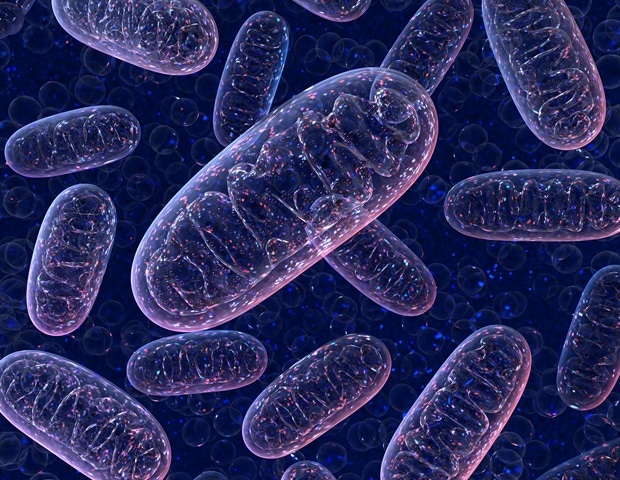
[ad_1]

Cells include numerous specialised buildings – such because the nucleus, mitochondria or peroxisomes – often known as “organelles”. Tracing their genesis and figuring out their construction is key to understanding cell operate and the pathologies linked to their dysfunction. Scientists on the College of Geneva (UNIGE) have mixed high-resolution microscopy and kinematic reconstruction methods to visualise, in movement, the genesis of the human centriole. This organelle, important to the group of the cell skeleton, is related – in case of dysfunction – with sure cancers, mind issues or retinal illnesses. This work, printed within the journal Cell, elucidates the complexities of centriole meeting. It additionally opens up many new avenues for the examine of different cell organelles.
Organelle genesis proceeds in keeping with a exact sequence of successive protein recruitment occasions. Visualizing this meeting in real-time offers a greater understanding of the function of those proteins in organelle construction or operate. Nonetheless, acquiring a video sequence with ample decision to differentiate such advanced microscopic parts faces plenty of technical limitations.
Inflating cells for higher statement
That is notably true of the centriole. This organelle, measuring lower than 500 nanometers (half a thousandth of a millimeter), is constituted of round 100 completely different proteins organized into six substructural domains. Till a couple of years in the past, it was inconceivable to visualise the construction of the centriole intimately. The laboratory of Paul Guichard and Virginie Hamel, co-directors of analysis within the Division of Molecular and Mobile Biology on the UNIGE College of Science, has modified this example by utilizing the strategy of enlargement microscopy. This cutting-edge method permits cells and their constituents to be progressively inflated with out being deformed, in order that they’ll then be noticed – utilizing standard microscopes – with very excessive decision.
Acquiring photos of the centriole with such excessive decision permits the precise location of proteins at a given time however provides no info on the order of look of substructural domains or of particular person proteins. Marine Laporte, a former analysis and educating fellow within the UNIGE group and first writer of the examine, used enlargement microscopy to investigate the situation of 24 proteins within the six domains in over a thousand centrioles at completely different phases of development.
Reorganizing photos to set them in movement
”This very tedious work was adopted by a pseudo-temporal kinematic reconstruction. In different phrases, we have been in a position to put these 1000’s of photos taken at random throughout centriole biogenesis again into chronological order, to reconstruct the varied phases within the formation of centriole substructures, utilizing a pc evaluation we developed,” explains Virginie Hamel, co-leader of the examine.
This distinctive strategy, which mixes the very excessive decision of enlargement microscopy and kinematic reconstruction, has enabled us to mannequin the primary 4D meeting of the human centriole.
Our work is not going to solely deepen our understanding of centriole formation, but in addition open up unbelievable prospects in mobile and molecular biology, since this technique may be utilized to different macromolecules and mobile buildings to check their meeting in area and time.”
Paul Guichard, Division of Molecular and Mobile Biology, UNIGE College of Science
Supply:
Journal reference:
Laporte, M. H., et al. (2024) Time-series reconstruction of the molecular structure of human centriole meeting. Cell. doi.org/10.1016/j.cell.2024.03.025.
[ad_2]